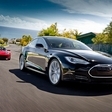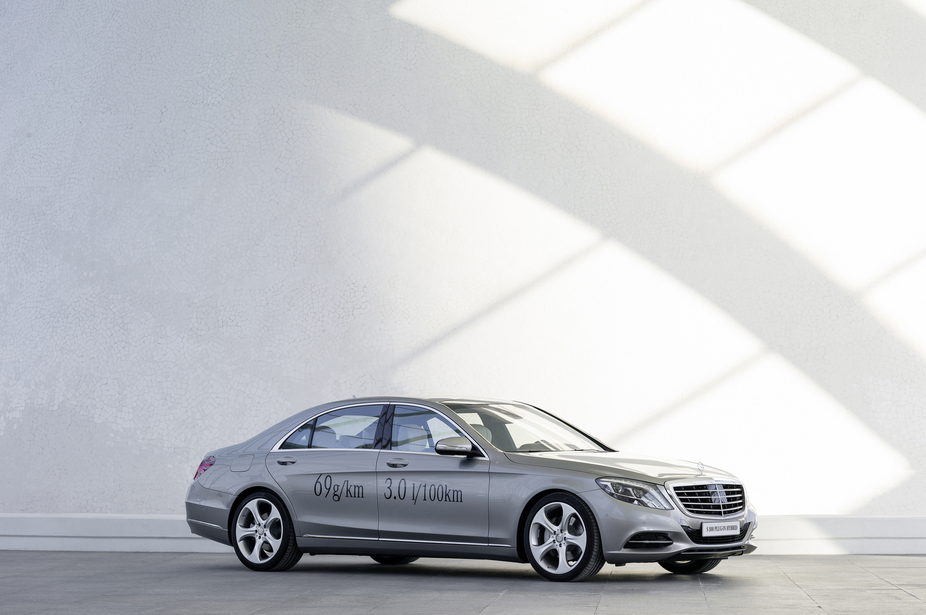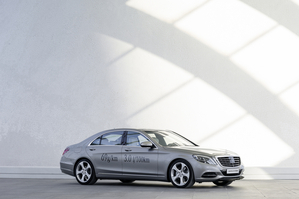|
Send this page to a friend! Fill in the form bellow | ||
Safety and Technology
Mercedes Has Lowered Average Emissions by 6g/km in 2013
It is aiming for that improvement or better each year
© photo courtesy of: Mercedes-Benz
The goal of practically every automaker these days is to reduce CO2 emissions and improve fuel economy while keeping power as high as possible. Mercedes Mercedes-BenzGermany, 1924 > present197 models
Mercedes-BenzGermany, 1924 > present197 models
9852 photos
33 videos
is among them, and it has set a goal to bring low emissions even to its premium cars. It already has over 50 models with less than 120g/km of CO2 emissions, and the S500 Plug-In Hybrid is rated at 69g/km of CO2 emissions. In the last year, its average fleet emissions have fallen from 140g/km of CO2 in 2012 to 134g/km of CO2 in 2013.
While there is certainly a long way to go to avoid global warming, automotive emissions and performance have seen major gains in the last 20 years. For example, under todays testing a 1995 E200 Mercedes-Benz E 200 Autom...Germany, 1996 > 19991 photo
Mercedes-Benz E 200 Autom...Germany, 1996 > 19991 photo
had average consumption of 9.0l/100km and produced 134hp. Today, an E200 Mercedes-Benz E 200 CGI C...Germany, 2010 > present1 photo
Mercedes-Benz E 200 CGI C...Germany, 2010 > present1 photo
have average consumption of 5.8l/100km and makes 181hp. Diesel engines have seen even better gains.
As emissions fall, automakers are looking for improvements anywhere they can. For each 0.01 reduction in coefficient of drag, emissions per kilometer falls one gram at 60km/h. The gains only increase as speeds rise.
Other big improvements in emissions are being found by using on-demand engine components. Many modern powertrains offer oil, coolant and power steering pumps that can operate at variable speeds or shut off entirely when not needed. When combined with a start/stop engine, it can save significant amounts of fuel during stop and go driving.
To evaluate future technologies Mercedes has built a car that it calls the "energy-transparent vehicle." The car has 300 added sensors that monitor energy use throughout the vehicle. Engineers can see how much energy each component is using during real-world driving conditions and create improvements.
"Every year, we invest around six billion euros in the research and development of our passenger car models, with around half of that amount being invested in green technologies. That investment is paying off. We have made a giant leap forward in the area of CO2 emissions in particular, and have achieved this in all vehicle segments", said Prof. Thomas Weber, head of research and development at Mercedes Cars.
Encyclopedia |
- More "Safety and Technology" articles
- Four new models get five stars in EuroNCAP
- Tesla Building Supercharger Network with Deutsche Bahn
- BMW Builds 2 Series That Can Drift By Itself for CES
Contribute
latest articles



popular articles








